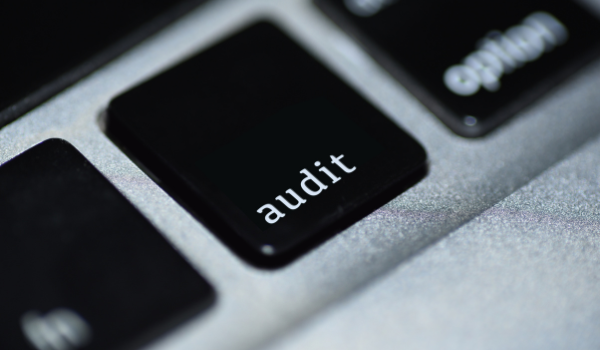Are Your Retirement Assets Protected?
February 4, 2021|Parker Elmore

For many, asset protection is an afterthought, if thought about at all. Are you aware that retirement accounts such as Individual Retirement Accounts (“IRAs”), 401(k)s, and Defined Benefit (“DB”) plans receive protection from creditors and bankruptcy?
Asset protection is often associated with high-net-worth individuals, business owners, professionals such as doctors, surgeons, attorneys, and CPAs, as well as real estate investors and developers. The protection varies by plan type and may not be unlimited, but it can be a very valuable tool for high-net-worth individuals concerned about lawsuits or those who wish to have the peace of mind that comes from being protected.
What Types of Plans are Protected?
First, there are two federal laws that govern asset protection for qualified retirement accounts:
- Bankruptcy Abuse Prevention and Consumer Protection Act of 2005 (“BAPCPA”)
- Employee Retirement Income Security Act of 1974 (“ERISA”)
IRAs, including Roth IRAs, are provided protection by the BAPCPA. The protection extends up to $1.0 million which is indexed for inflation. The amount is adjusted every three years and currently sits at $1,362,800 through April 1, 2022.
Retirement plans subject to ERISA are excluded from bankruptcy. This provides unlimited protection for qualified plans such as 401(k), 403(b), and Defined Benefit Pension Plans including Cash Balance Plans. Also, the amounts protected via these qualified plans are not included in the total available to the IRAs. Furthermore, if you roll over your 401(k) to an IRA, it will remain protected given that the source was a qualified plan which would have had unlimited protection.
What about Inherited IRAs?
In 2014, the U.S. Supreme Court ruled that inherited IRAs are not considered retirement assets and are thus not entitled to the same protection against bankruptcy at the federal level. This means they are subject to state laws and exemptions.
What about IRAs from a Qualified Domestic Relations Order (“QDRO”)?
When it comes to an IRA from a QDRO, there isn’t a U.S. Supreme Court ruling. Although, in 2018, the 8th Circuit Court of Appeals ruled that retirement assets received as part of a divorce proceeding are not entitled to bankruptcy protection. It is only one Circuit, but it provides some precedent for other Courts to follow in regard to QDRO retirement assets.
Closing
It is important to note that the bankruptcy provisions listed above only reflect Federal law and regulations. There are some states that offer extra protection. Also, even though assets in qualified plans and IRAs receive protection from creditors and bankruptcy, they are not protected from the IRS.
If you have any questions in regard to asset protection or would like to explore how to use qualified plans to achieve asset security, please reach out to your Odyssey consultant.

About The Author As President and CEO of Odyssey Advisors, Parker Elmore is dedicated to quality service, expertise, and efficiency. With over 25 years of industry experience, Parker and the Odyssey team develop and implement solutions to the complex financial issues faced by...
More Insights From This author

October 2, 2024
Parker Elmore

August 28, 2023
Parker Elmore







